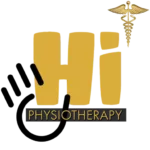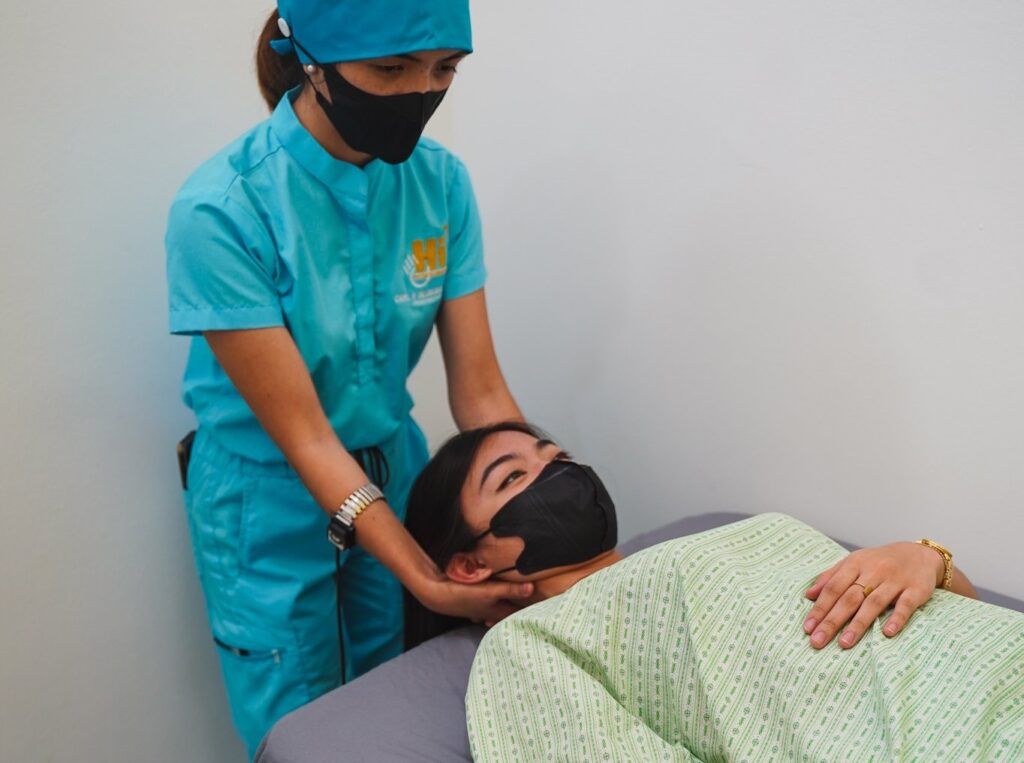- Subjective assessment: The PT will conduct an interview with the patient to gain further insight into their symptoms, pain level, and how their condition is affecting their daily life and activities. This helps the PT understand the patient’s perspective and subjective experiences.
Objective assessment: The PT will perform a physical examination, which may include various tests and measures depending on the patient’s condition and the area of focus. Objective assessments may involve assessing posture, range of motion, muscle strength, joint mobility, balance, coordination, sensation, and other relevant physical parameters.
Special tests: The PT may employ special tests or clinical measures specific to certain conditions or body regions to further evaluate the patient’s condition. These tests can help confirm or rule out specific diagnoses or provide additional information about the patient’s impairments or functional limitations.
Functional assessment: The PT may assess the patient’s functional abilities and limitations related to activities of daily living, work tasks, sports, or specific functional movements. This assessment helps determine the impact of the condition on the patient’s overall function and guides the development of appropriate treatment goals.
Clinical decision-making: Based on the gathered information from the history, subjective assessment, objective assessment, special tests, and functional assessment, the PT will analyze and interpret the data to form a diagnosis or clinical impression. This process involves clinical reasoning and may involve collaboration with other healthcare professionals if needed.
The PT examination is crucial for establishing a baseline of the patient’s current condition, identifying impairments and functional limitations, and developing a comprehensive treatment plan. It guides the PT in selecting appropriate interventions, monitoring progress, and determining the effectiveness of the physical therapy treatment over time.
It’s important to note that the specific components of a PT examination may vary depending on the patient’s condition, clinical setting, and the PT’s clinical judgment. A thorough examination helps ensure a comprehensive and individualized approach to physical therapy care.


